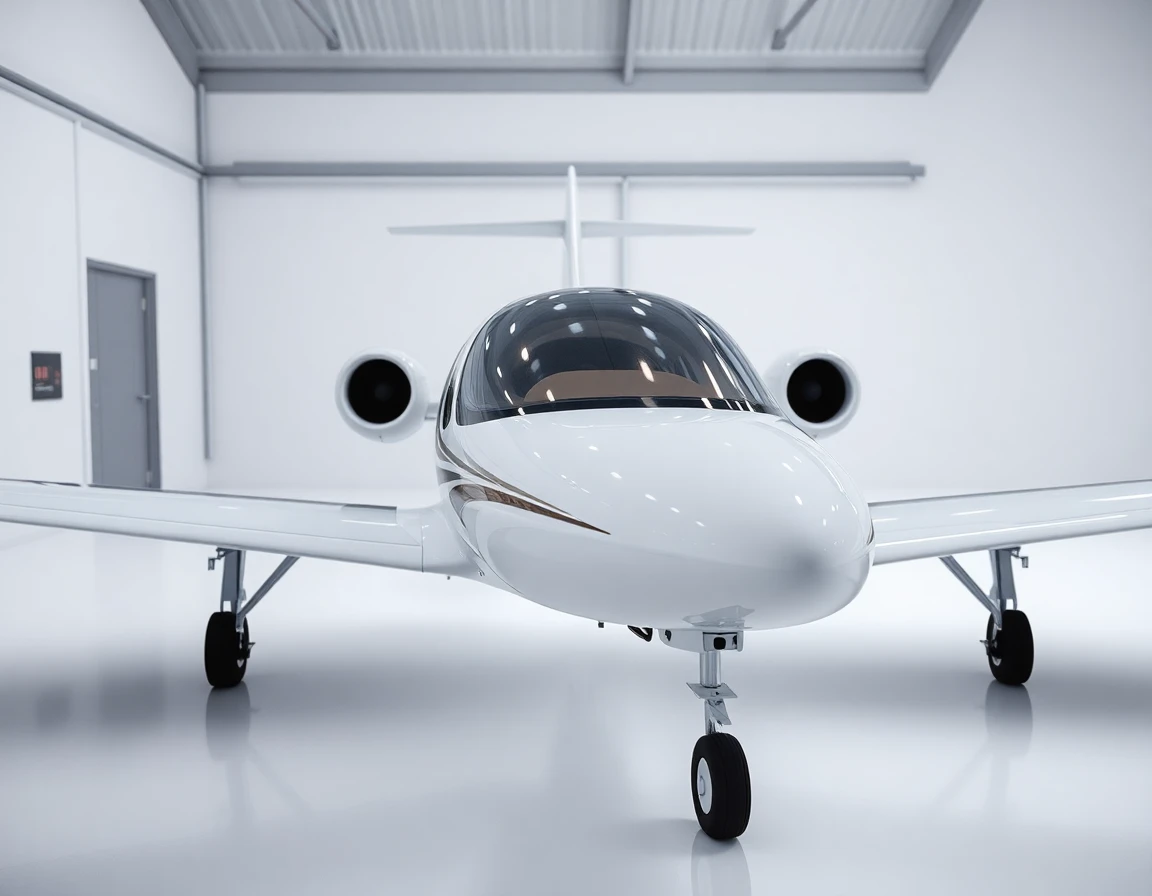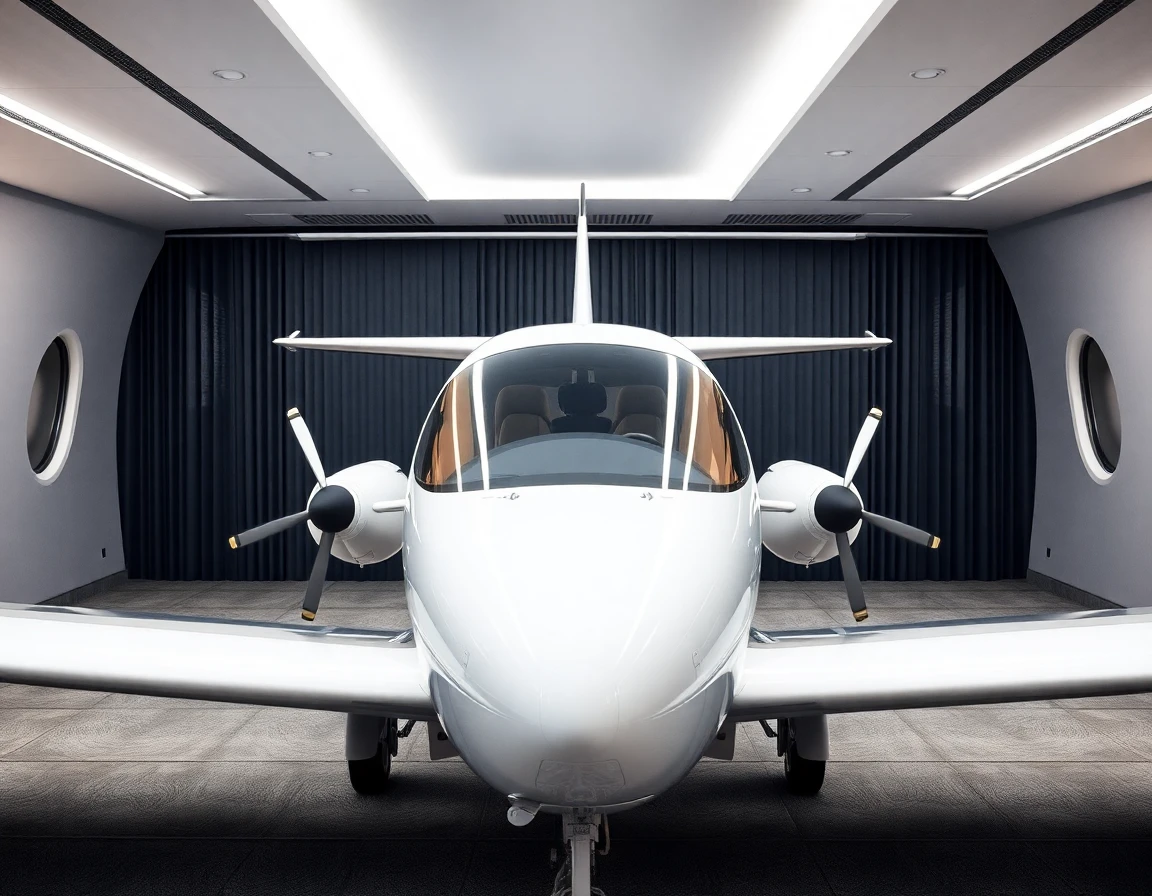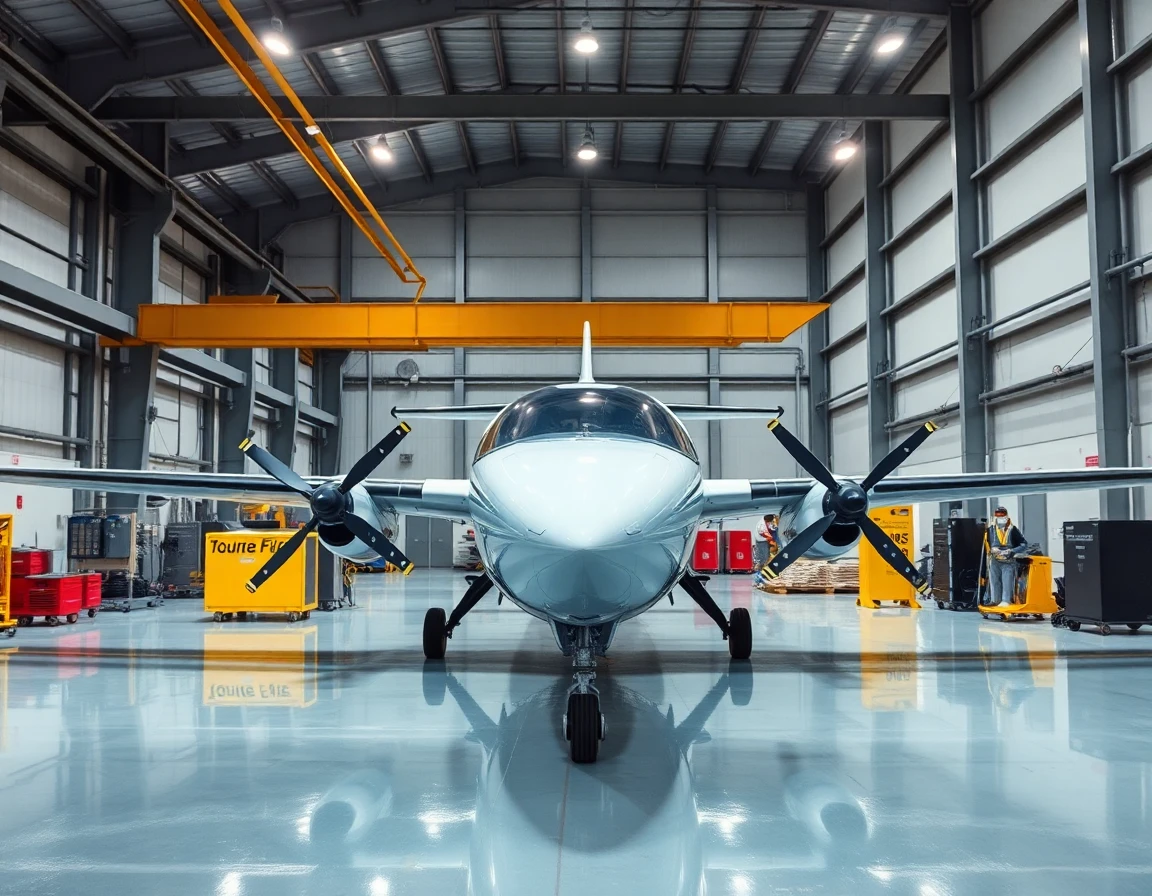The aviation industry is undergoing a profound transformation with the increasing adoption of electric aircraft. As environmental concerns escalate and the demand for sustainable aviation solutions grows, electric propulsion technology is stepping into the spotlight, promising to redefine both commercial and military aviation.
The Push for Sustainable Aviation
In recent years, the aviation sector has faced intense scrutiny over its environmental impact, which accounts for approximately 2-3% of global carbon emissions. Electric aircraft represent a viable solution to reduce this footprint significantly. With advancements in battery technology and electric propulsion systems, manufacturers are now able to produce aircraft that are not only quieter but also more efficient and environmentally friendly.
According to a report by the International Air Transport Association (IATA), the market for electric aircraft is projected to reach $25 billion by 2030. This growth is driven by a combination of regulatory pressures, rising fuel costs, and growing public demand for greener travel options.
Technological Advancements in Electric Propulsion
The core innovation driving electric aircraft is the development of high-capacity battery systems. Manufacturers are investing heavily in various battery technologies, including lithium-ion and solid-state batteries, which promise greater energy density and faster charging times. One notable product in this arena is the Thermal Battery System, which features ultra-fast activation and is designed for critical applications like aircraft ejection systems.
Moreover, advanced control systems are essential for the precise operation of electric aircraft. The High-Precision Compact Advanced Control System for Aerospace Applications is a prime example of how modern technology enhances the performance of electric propulsion. This system offers reliable and efficient control for rotary electric actuators, which are crucial in managing flight dynamics in electric aircraft.
Current Developments in Electric Aircraft
Several companies are leading the charge in the development of electric aircraft. For instance, Pipistrel, a Slovenian aircraft manufacturer, has been pioneering electric flight with models like the Alpha Electro, which is designed for pilot training and short-haul flights. Meanwhile, Harbour Air, a Canadian airline, is converting its fleet of seaplanes to electric, aiming for the world’s first fully electric commercial fleet.
In the military domain, electric aircraft are also gaining traction. The U.S. Department of Defense has initiated various projects to explore electric propulsion systems for drones and manned aircraft, focusing on operational efficiency and reduced logistical burdens. The integration of electric propulsion with existing military aircraft systems is being facilitated by technologies like the ZQXXSMRSS System, which enhances performance through optical-electrical signal amplification.
The Future Landscape of Aviation
The future of electric aircraft is not without challenges. Current battery technology still limits the range and payload capacity of electric aircraft compared to traditional combustion engines. However, ongoing research and development are addressing these limitations. Companies are exploring hybrid-electric configurations that combine electric motors with conventional engines, extending flight ranges while still utilizing electric power for takeoff and landing.
Additionally, the infrastructure for electric aircraft, such as charging stations at airports, must be established to support widespread adoption. This transition will require collaboration between governments, manufacturers, and energy providers to create a sustainable ecosystem for electric aviation.
Expert Perspectives on Electric Aircraft
Industry experts are optimistic about the future of electric aircraft. Dr. Emily Harper, an aerospace engineer and advocate for sustainable aviation, stated, “The transition to electric propulsion is not just a trend; it’s a necessary evolution in our industry. As technology matures, we will see electric aircraft become more mainstream, reducing costs and emissions significantly.”
Similarly, John Stevens, a senior analyst at a leading aerospace consultancy, emphasized the importance of innovation: “The key to unlocking the potential of electric aircraft lies in our ability to innovate. From next-generation battery systems to advanced control mechanisms, the future of aviation will be built on cutting-edge technology that prioritizes sustainability.”
Conclusion: The Road Ahead
As electric aircraft continue to take flight, their impact on the aviation industry will be profound. With the promise of reduced emissions, lower operational costs, and quieter flights, electric propulsion is set to redefine the parameters of aviation. The convergence of innovative technologies, such as ultra-lightweight thermal batteries and high-precision control systems, will play a crucial role in this evolution.
In conclusion, while challenges remain, the momentum behind electric aircraft is undeniable. As manufacturers, regulators, and consumers align towards a more sustainable future, the skies may soon be filled with electric-powered aircraft, marking a new era in aviation history.



